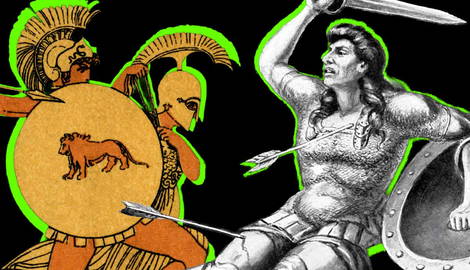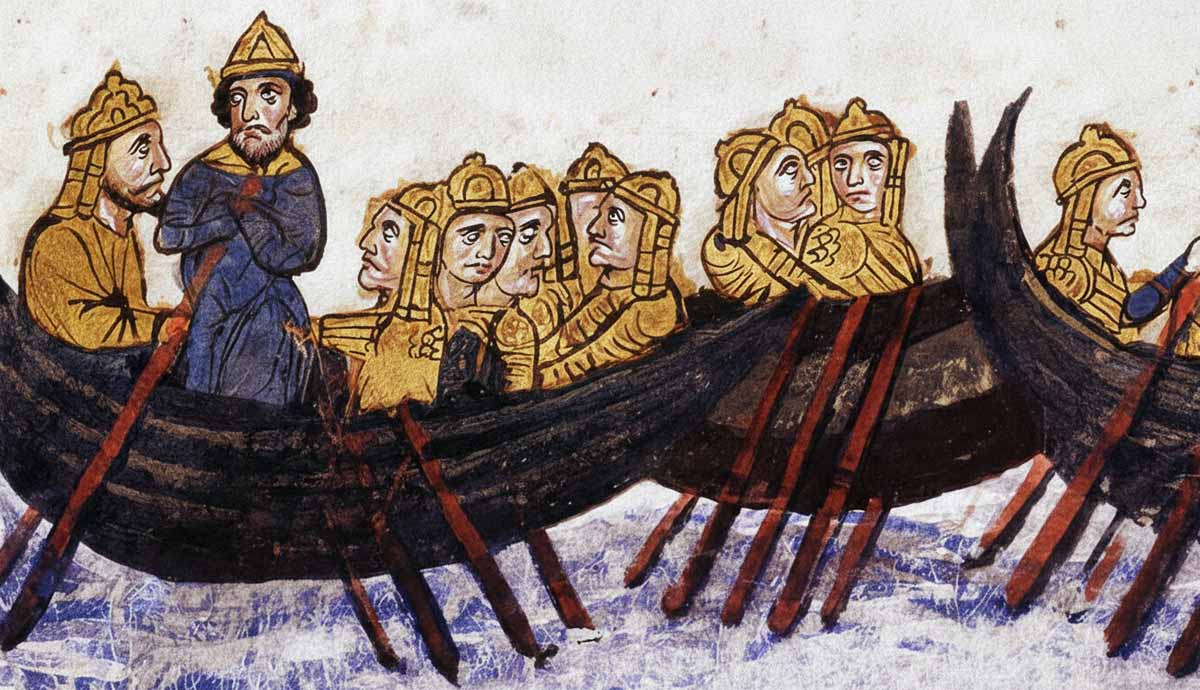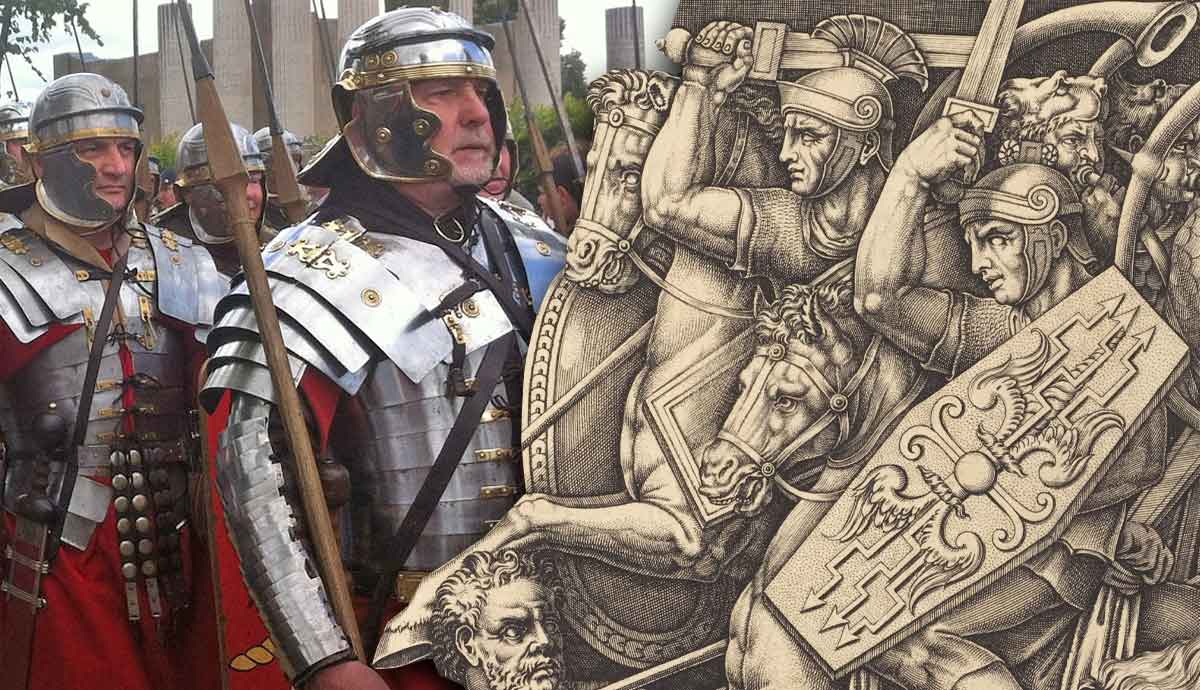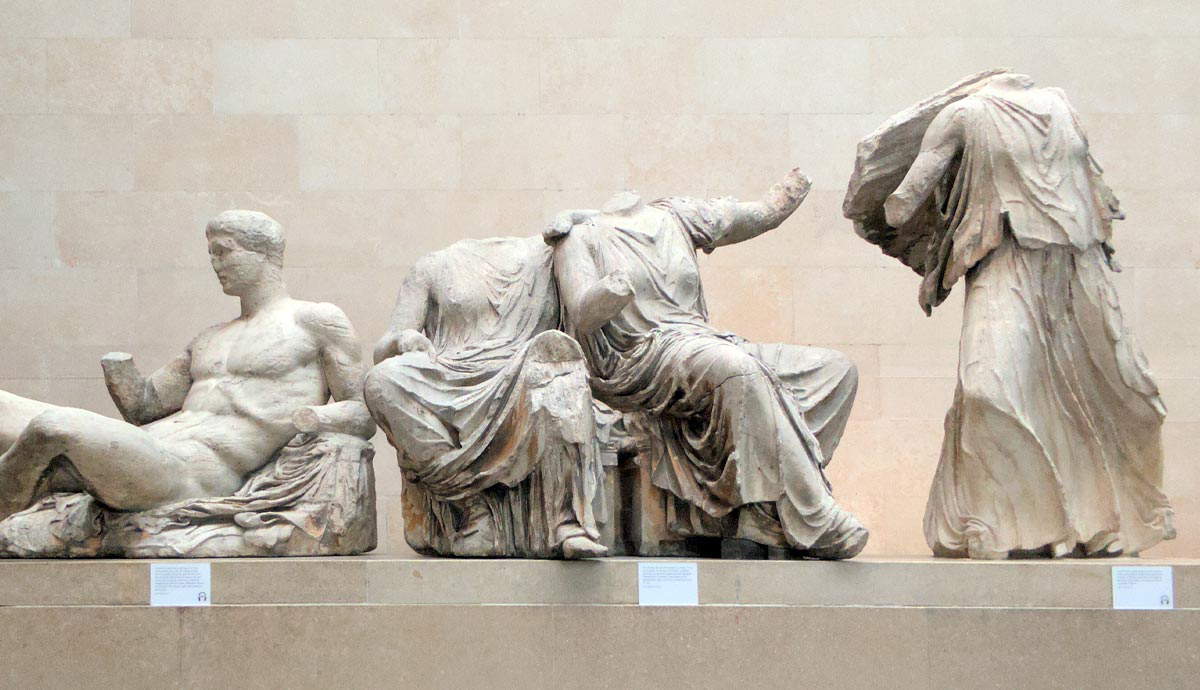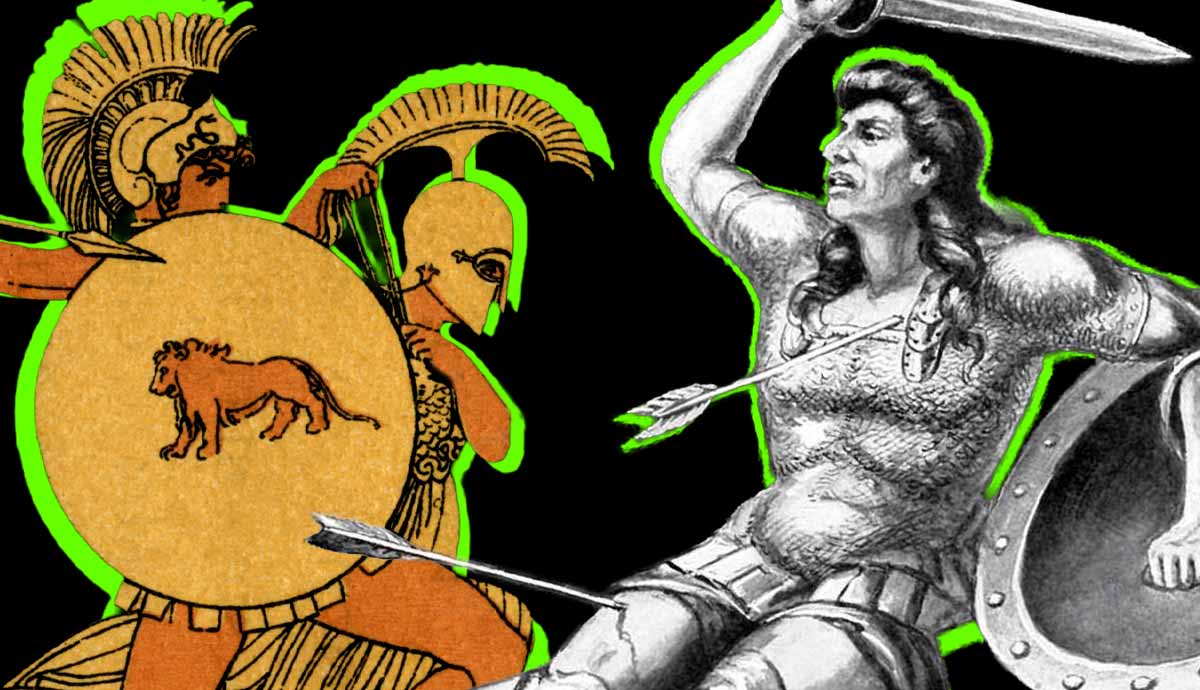
In Ancient Greece, warfare was at the center of political life for the famous city-states that controlled the region, and the techniques employed by city-states during conflicts were influenced by a motley of factors such as their geography and available resources. One notable characteristic about their armies was that they were mostly made up of regular citizens. That said, their fighting strategies evolved over many years to incorporate disciplined infantry formations on land and advanced warships at sea. So, what warfare tactics were commonly used by the Greeks?
The Hoplite Phalanx Formation
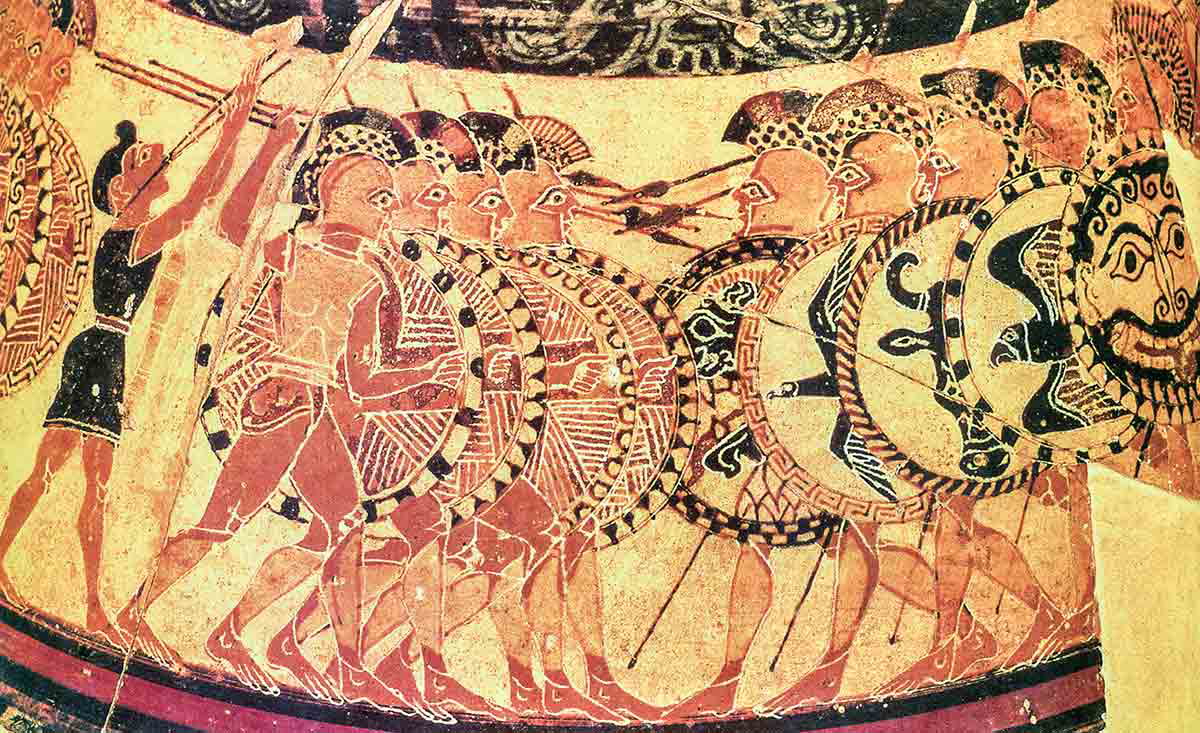
The Hoplite Phalanx Formation is one of the earliest Greek military tactics. The formation which dominated battlefields for nearly 400 years relied on hoplites – heavily armed citizen-soldiers that were equipped with 50 to 70 pounds of mostly bronze armor. The equipment included a large round shield called an aspis and a long spear known as a dory. The soldiers also carried a short sword for close combat. On the battlefield, the soldiers stood shoulder-to-shoulder in a dense block formation often with each soldier’s shield protecting the man to his left.
The formation created a strong wall of shields and spears that was hard to penetrate. The effectiveness of this formation was proven at the Battle of Marathon in 490 BCE in which Athenian hoplites faced a much larger Persian army. By using the formation, they were able to defeat the Persian forces by charging forward and effectively preventing the Persian archers from having a significant impact.
The Peltast Light Infantry Units

The phalanx was not infallible. It had weaknesses that became clear over time. The dense formation was, for example, slow and difficult to turn. It was also vulnerable on its sides and in rough terrain. To solve this problem, Greek armies began using lighter infantry. The most common were soldiers called peltasts.
The troops carried light shields and several javelins. The equipment allowed them to move quickly and carry out hit and run attacks using their javelins to cause confusion and casualties. The soldiers would then retreat before the heavy hoplites could catch them. A notable example of their effectiveness was at the Battle of Sphacteria in 425 BCE in which Athenian troops forced a group of 292 Spartan hoplites to surrender. This was by constantly attacking them with javelins.
The Trireme Ancient Vessel

Just as the phalanx and peltasts were effective on land, the Greeks developed the trireme for the seas. The trireme was a light and fast warship powered by 170 rowers arranged in three levels. While the design made it very agile, its main weapon was not the soldiers but a bronze ram at the front designed to damage the hulls of enemy ships. Instead of simply boarding, Greek captains used speed and careful maneuvers to win battles by sinking enemy ships.
The strategy was used with great success at the Battle of Salamis in 480 BCE, where a small Greek fleet of around 370 triremes faced a Persian fleet of about 750 ships. The Greek commander, Themistocles, lured the Persians into a narrow channel, causing the huge Persian ship numbers to be at a disadvantage. The strategy allowed the more agile Greek triremes to swarm and disorganize the fleet. There, the trireme rammed and sank many ships. The victory helped to halt the Persian invasion.
The Oblique Order Formation

Instead of utilizing the traditional phalanx formation, some generals began to re-engineer the formation. One of them was the Theban general, Epaminondas. He created the Oblique order formation by intentionally weakening one side of his army and making the other side overwhelmingly strong. At the Battle of Leuctra in 371 BCE, he arranged his left wing to form a depth of about 50 ranks. The standard phalanx was usually about 10 ranks deep. The concentrated force acted like a battering ram and allowed him to defeat the Spartan army and kill their king – King Cleombrotus I. The battle ended Sparta’s military dominance and proved that new tactics could be used to overcome established armies.
The long history of tactical evolution in ancient Greece reached its peak under Philip II of Macedon and his son Alexander the Great. Philip created a professional full-time army that was a true combined arms fighting force. He improved the phalanx by equipping his soldiers with the sarissa – a 16 to 23 feet pike that could strike the enemy from a distance. His success came from coordinating the phalanx with other units.

In battle, the Macedonian phalanx would pin the enemy infantry in place, and then Alexander’s elite Companion Cavalry would charge into the enemy’s flank. With an army of around 45,000 infantry and 7,000 cavalry, Alexander used this effective combination in battles such as Gaugamela. The approach enabled him to conquer the Persian Empire.
